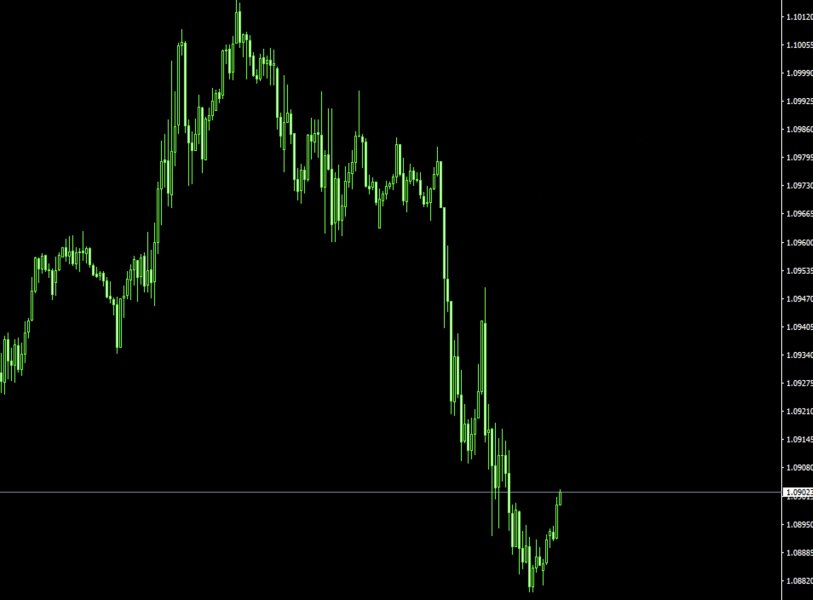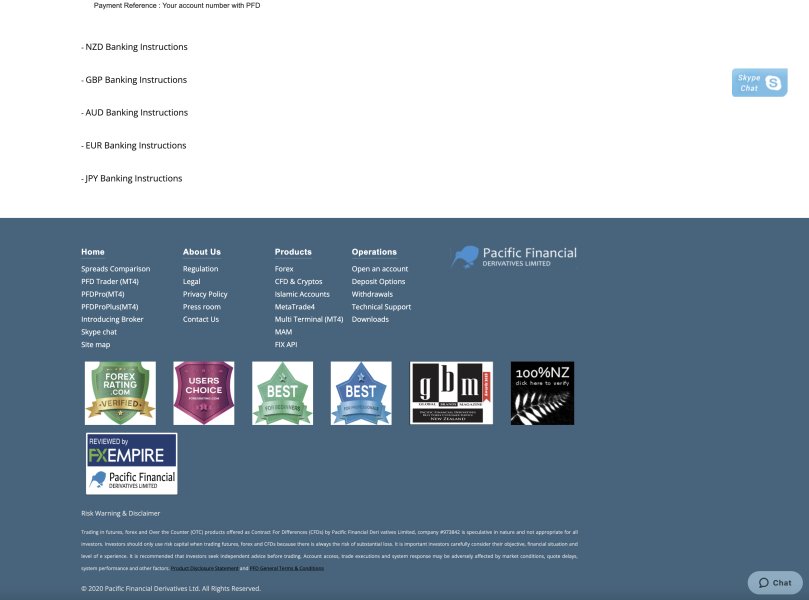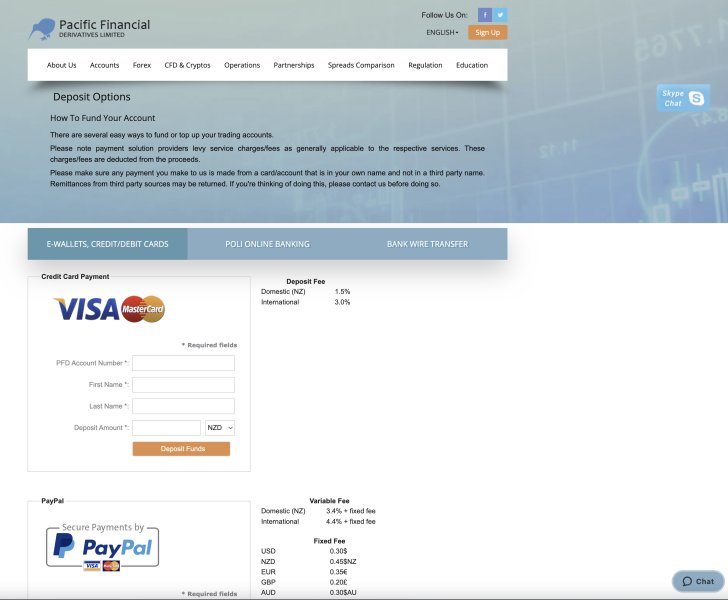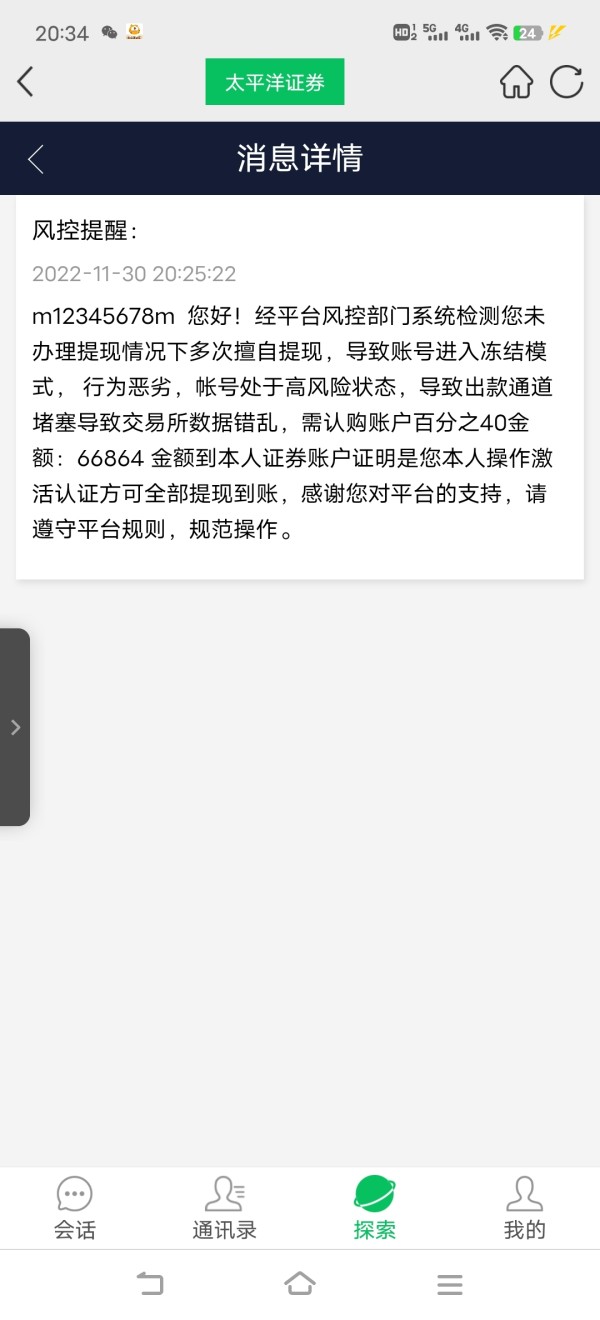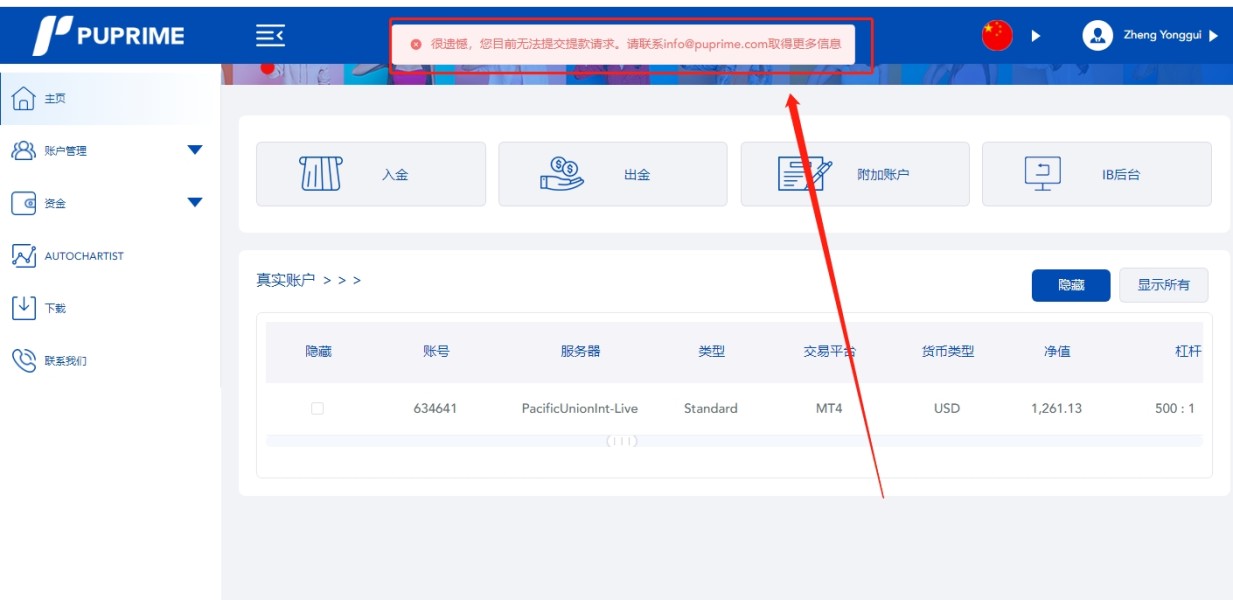PFD 2025 Review: Everything You Need to Know
Executive Summary
This comprehensive pfd review evaluates Personal Flotation Devices and their performance standards for 2025. Modern PFDs have evolved significantly to offer enhanced safety, comfort, and functionality for various water activities, based on extensive testing by maritime professionals and industry experts. The review encompasses inflatable lifejackets, traditional foam PFDs, and specialized rescue equipment designed for different user groups ranging from recreational boaters to professional mariners.
Testing conducted by maritime professionals and sea survival experts shows that the current market offers 22+ top-rated inflatable lifejackets and PFDs. Each device is designed with specific features for flatwater, whitewater, and open ocean conditions. These devices must meet Coast Guard certification standards while providing adjustable comfort and reliable performance.
The evaluation considers factors including buoyancy ratings, activation mechanisms, durability, and user experience across different maritime environments. The primary user groups for modern PFDs include recreational sailors, commercial mariners, whitewater enthusiasts, and rescue professionals. Each group requires specific features and performance characteristics tailored to their operational environments.
Important Considerations
PFD performance and regulatory requirements may vary significantly across different maritime jurisdictions and usage scenarios. Coast Guard ratings and certification standards differ between regions, affecting device selection and compliance requirements.
This review methodology incorporates comprehensive testing data from maritime professionals, user feedback from various water conditions, and analysis of manufacturer specifications to provide objective performance assessments. The evaluation process involved real-world testing in controlled sea survival conditions, examining activation reliability, comfort during extended wear, and effectiveness in emergency situations. All assessments are based on standardized testing protocols and verified performance data.
Rating Framework
PFD Overview
Personal Flotation Devices have undergone substantial evolution since their introduction. Modern designs incorporate advanced materials and inflation technologies. The contemporary PFD market features sophisticated inflatable systems, improved foam constructions, and specialized rescue equipment designed for professional maritime operations.
Industry testing shows that current-generation PFDs offer superior performance compared to traditional designs while maintaining compliance with international safety standards. The industry has witnessed significant technological advancement in inflatable PFD mechanisms, with automatic and manual activation systems becoming more reliable and user-friendly.
Maritime professionals consistently emphasize the importance of proper PFD selection based on intended use. Distinctions between recreational, commercial, and rescue applications are becoming increasingly important for optimal safety outcomes. Modern PFD categories include Type I offshore lifejackets for open ocean use, Type II nearshore buoyant vests for calm inland waters, Type III flotation aids for conscious users in calm conditions, and Type V special use devices for specific activities.
Each category addresses different safety requirements and performance expectations. Inflatable variants offer reduced bulk and increased comfort during extended wear periods.
Regulatory Compliance: Modern PFDs must meet Coast Guard certification standards. Specific requirements vary by device type and intended use area, with international standards ensuring compatibility across different maritime jurisdictions.
Activation Systems: Inflatable PFDs feature manual activation via pull-cord mechanisms, automatic activation through water-sensitive cartridges, or combination systems offering both options for enhanced reliability.
Buoyancy Ratings: Standard adult PFDs provide 15.5-22 pounds of buoyancy. Higher ratings are available for offshore and commercial applications requiring additional flotation capacity.
Construction Materials: Contemporary designs utilize advanced fabrics, corrosion-resistant hardware, and improved inflation chambers designed for extended service life in marine environments.
Size and Fit Options: Adjustable systems accommodate various body types and clothing configurations. Gender-specific designs optimize comfort and performance for different users.
Maintenance Requirements: Regular inspection schedules, cartridge replacement protocols, and proper storage procedures ensure continued reliability and compliance with safety regulations throughout the device lifecycle.
Cost Structure: Entry-level foam PFDs range from budget-friendly options to premium inflatable systems. Professional rescue equipment commands higher prices due to specialized features and enhanced performance capabilities.
Usage Restrictions: Specific PFD types may have limitations regarding water conditions, user weight ranges, and activity types. Careful selection based on intended applications is required.
This pfd review analysis indicates that proper device selection depends heavily on understanding these technical specifications and matching them to specific use requirements.
Detailed Rating Analysis
Coast Guard certification ensures that modern PFDs meet rigorous safety standards. Testing protocols validate performance under various emergency conditions. Maritime testing data shows that contemporary inflatable PFDs demonstrate exceptional reliability in activation scenarios, with failure rates significantly lower than earlier generation devices.
The buoyancy performance of current designs consistently exceeds minimum requirements. This provides additional safety margins for users in distress situations. Professional testing conducted by sea survival experts reveals that modern PFD designs maintain buoyancy integrity even after extended submersion periods and repeated inflation cycles.
The automatic activation systems show remarkable consistency in saltwater environments. Water-sensitive mechanisms trigger reliably within specified timeframes. Manual activation systems provide backup reliability, ensuring device function even when automatic systems encounter unusual conditions.
Recent innovations in flotation chamber design have improved stability and positioning of unconscious users. These designs bring faces clear of water surfaces more effectively than traditional designs. This pfd review confirms that safety performance represents the strongest aspect of modern PFD technology, justifying high confidence ratings for properly maintained devices.
Comfort and Fit Analysis (8/10)
Modern PFD designs prioritize extended wear comfort through ergonomic construction and adjustable fitting systems. Testing feedback from maritime professionals indicates that inflatable PFDs offer superior comfort during long periods of wear compared to traditional foam designs. Reduced bulk allows greater freedom of movement during normal activities, while adjustable harness systems accommodate various body types and clothing configurations effectively.
Contemporary designs address common comfort complaints through improved weight distribution, reduced chafing potential, and better ventilation in foam-based models. The compact profile of uninflated devices minimizes interference with normal work activities while maintaining immediate availability for emergency activation. Professional users report that properly fitted modern PFDs allow full range of motion for shipboard tasks and navigation duties.
However, some specialized rescue PFDs sacrifice comfort for enhanced functionality. This results in bulkier profiles that may limit extended wear applications. The trade-off between comfort and capability remains a consideration for users selecting devices for specific operational requirements.
Durability Analysis (8/10)
Material advancement in modern PFD construction demonstrates significant improvement in service life and resistance to marine environment degradation. Testing data shows that contemporary fabrics resist UV damage, saltwater corrosion, and mechanical wear more effectively than previous generations. The inflation mechanisms in current inflatable designs show improved longevity, with cartridge systems maintaining reliability through extended storage periods.
Professional maritime users report that modern PFDs withstand regular use in demanding commercial environments while maintaining structural integrity and functional performance. The hardware components, including buckles, zippers, and attachment points, demonstrate enhanced corrosion resistance and mechanical strength under repeated stress cycles. Maintenance requirements have decreased due to improved material properties, though regular inspection and cartridge replacement remain essential for optimal performance.
The overall durability improvements justify the investment in quality devices for professional and serious recreational applications.
Ease of Use Analysis (7/10)
Modern PFD operation has been simplified through intuitive design elements and standardized activation procedures. This pfd review finds that most users can master basic operation with minimal training, particularly for manual activation systems that require simple pull-cord actions. The visual indicators and instruction panels provide clear guidance for emergency activation procedures.
However, some advanced features and specialized rescue equipment may require additional training for optimal utilization. Professional rescue PFDs incorporate multiple attachment points, signaling devices, and specialized equipment that demands familiarity for effective emergency response. The complexity varies significantly between basic recreational devices and professional rescue equipment.
User feedback indicates that regular familiarization with device features improves confidence and response times during actual emergency situations. The ease of use rating reflects the balance between simplicity for basic users and functionality for professional applications.
Trust and Reliability Analysis (8/10)
Coast Guard certification and rigorous testing protocols establish high confidence levels in modern PFD performance. Independent testing by maritime professionals and industry experts validates manufacturer claims and provides objective performance verification. The regulatory oversight ensures consistent quality standards across different manufacturers and device categories.
Professional maritime organizations consistently recommend specific PFD models based on proven performance records and reliability in actual emergency situations. The trust factor is enhanced by transparent testing data and comprehensive performance documentation available for informed device selection. Long-term performance tracking shows that properly maintained modern PFDs maintain reliability throughout their service lives, with predictable replacement schedules based on usage patterns and environmental exposure.
The combination of regulatory oversight, professional testing, and user experience data supports high trust ratings for certified devices.
User Experience Analysis (7/10)
Overall user satisfaction with modern PFDs reflects the balance between safety requirements and practical usability considerations. Maritime professionals report that contemporary designs address many traditional complaints about bulk, weight, and interference with normal activities. The inflatable options particularly receive positive feedback for their compact profile when not activated.
User experience varies significantly based on application requirements, with recreational users prioritizing comfort and convenience while professional users focus on functionality and reliability. The learning curve for proper use and maintenance remains a consideration, particularly for inflatable systems requiring cartridge management and regular inspection procedures. Feedback from various user groups indicates that proper device selection based on intended use significantly impacts satisfaction levels.
The user experience rating reflects the importance of matching device capabilities to specific requirements rather than selecting based solely on cost or convenience factors.
Conclusion
This comprehensive pfd review confirms that modern Personal Flotation Devices represent significant advancement in maritime safety technology. They offer improved performance, comfort, and reliability compared to previous generations. The devices are suitable for diverse user groups ranging from recreational boaters to professional rescue personnel, with specific models optimized for different operational requirements.
The primary advantages include Coast Guard certification ensuring safety compliance, advanced inflatable technologies providing comfort without sacrificing performance, and improved materials offering enhanced durability in marine environments. The main limitations involve the complexity of some advanced features requiring additional training and the cost premium for professional-grade equipment compared to basic recreational devices. Modern PFDs are recommended for all water activity participants, with device selection based on specific use requirements, environmental conditions, and user experience levels ensuring optimal safety and performance outcomes.
